
In today’s digital era, gamers find themselves spoilt for choice when it comes to selecting games to play. From the 80s right up to the present day, there is a vast library of titles available, with innovative and exciting new releases hitting the market each year. However, due to the sheer volume of releases, some games have slipped into obscurity over time. These may have enjoyed popularity in the past, but their influence has waned with the passage of years. A small group of dedicated fans might still champion these games, elevating them to cult-classic status, but they remain relatively unknown to the wider gaming community or those new to the JRPG genre.
As a passionate gamer, I’ve come across numerous games that have slipped through the cracks of time, lost in the sea of newer releases. Some of these games were launched at the wrong moment or tied to platforms that are no longer popular. Time, the great leveler, often erases these incredible journeys from our collective memory. In this era of nostalgia, it’s perplexing why more efforts haven’t been made to revive these games. Each one carries a unique charm yet to be matched by modern titles. Some were pioneered by gaming giants daring enough to experiment with new concepts and platforms. Although some of these games might be challenging for even seasoned players, it’s crucial that every JRPG enthusiast, old or new, gives these innovative and distinct takes on a cherished genre a try.
Very Few People Played the Xbox 360’s JRPG Catalog
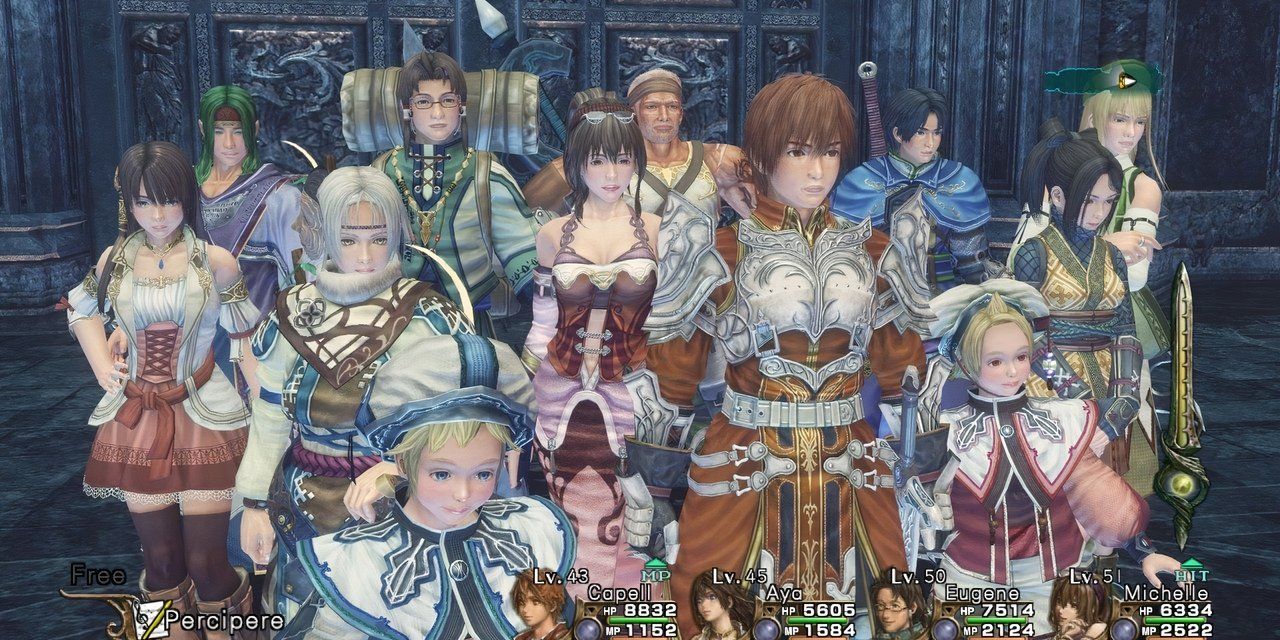

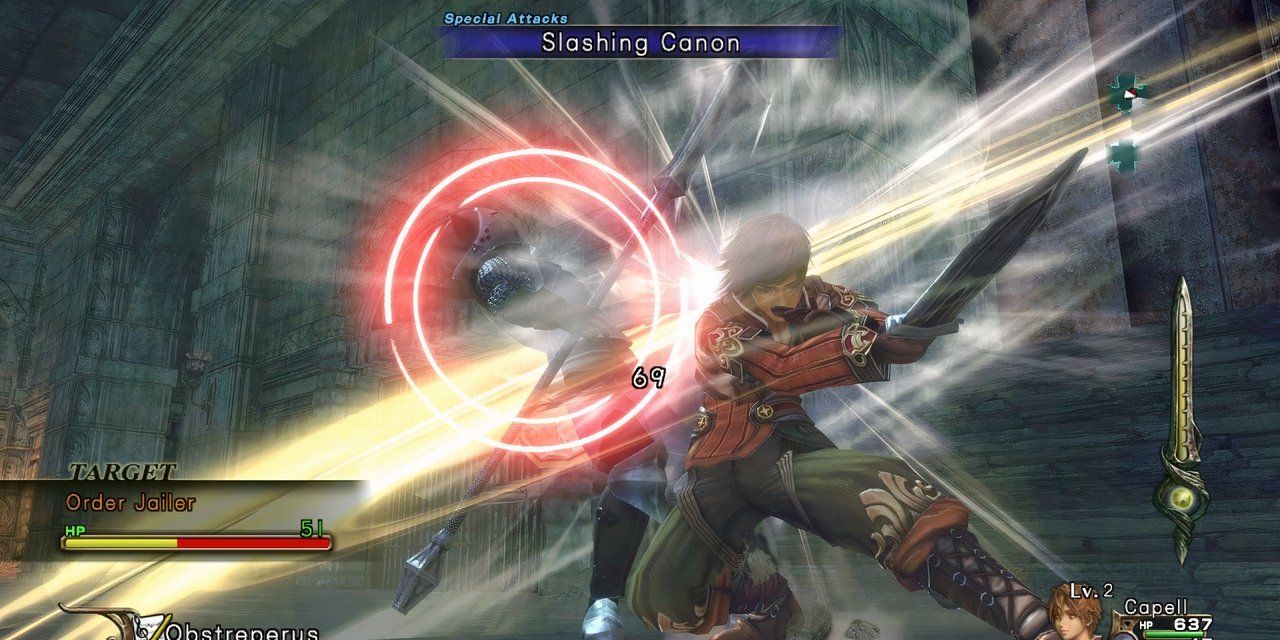

Tri-Ace excels at crafting immersive JRPGs and introducing fresh perspectives, but unfortunately, much of their work has slipped under the radar of the broader fanbase. It’s not surprising that fans might have missed Infinite Undiscovery, as it was a console exclusive for the Xbox 360, which isn’t widely recognized for its impressive JRPG library. The narrative revolves around Capell, a young man who prefers playing his flute over fighting. When he is mistaken for the leader of a resistance looking to free the Moon from Earth’s grasp, he is thrust into a thrilling adventure with an endearing group of characters.
In the game called “Infinite Undiscovery,” the combat system is innovative, resembling that found in contemporary “Star Ocean” series games. Players can perform light and heavy attacks, and by combining them skillfully, they can create intense battles. The game rewards players with extra experience points for executing certain moves, such as flinging enemies through the air like a juggler. This dynamic action becomes even more exciting when you work together with your party members. Additionally, there’s a crafting system that lets players make armor and consumables by synthesizing materials. Overall, “Infinite Undiscovery” is an enjoyable game despite its flaws, offering a compelling adventure worth experiencing at least once.
This Monster Collecting Game Was a Good Alternative to Nintendo’s Popular Franchise
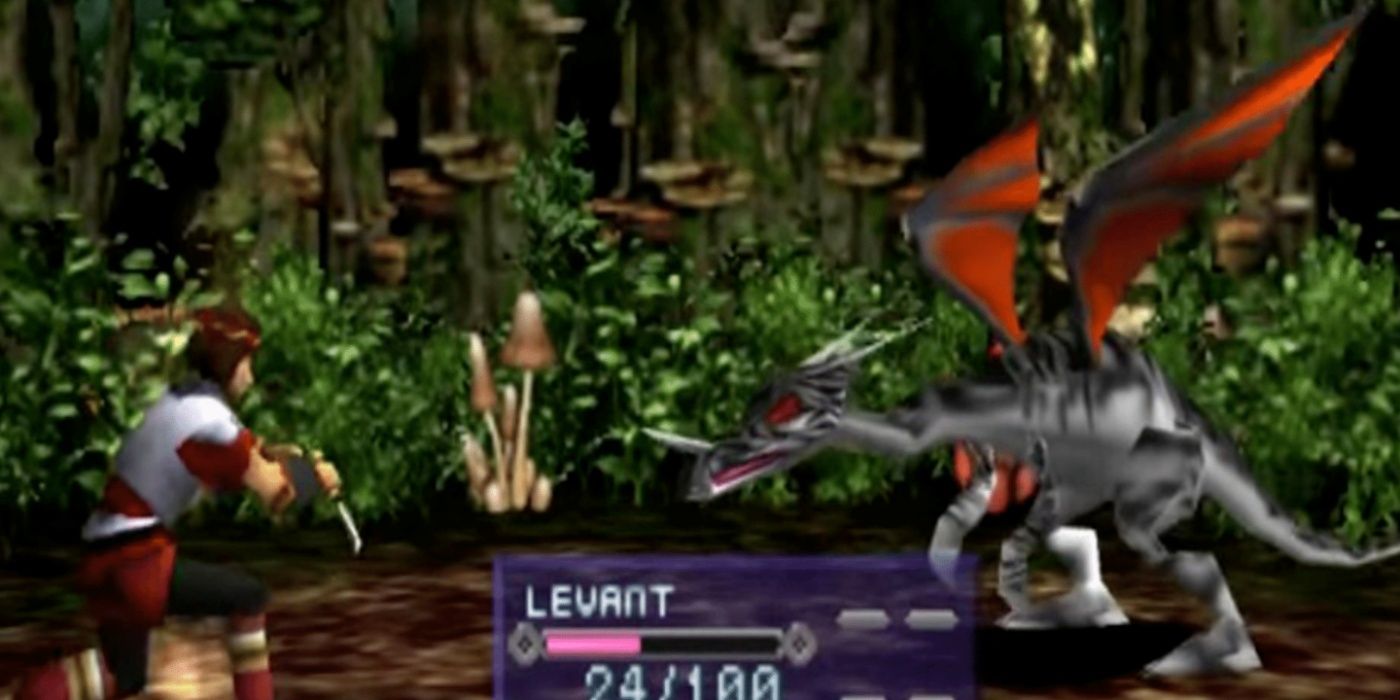
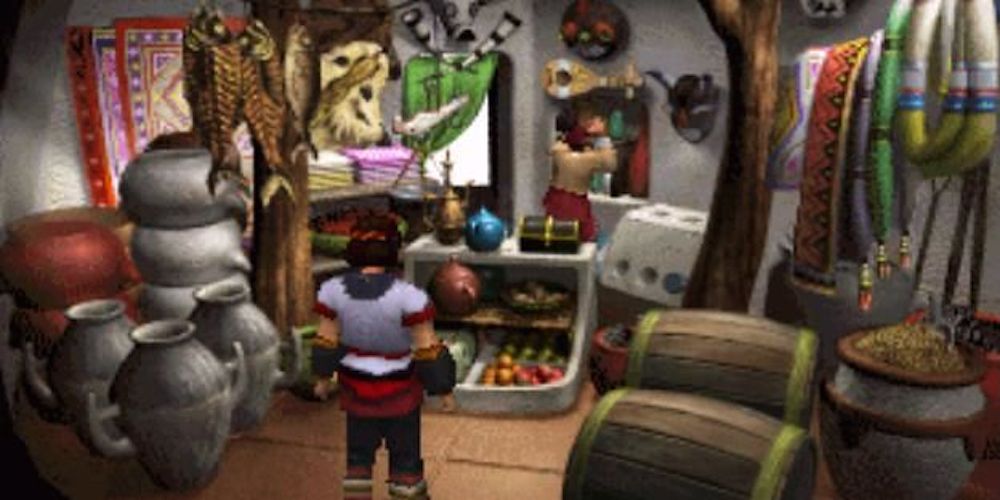
Originating from Genki and debuting in 1998, Jade Cocoon serves as a PlayStation 1 counterpart to the popular franchise, Pokémon. Despite receiving mixed reviews initially, it’s now recognized that the game represented an ambitious endeavor, aiming to challenge its contemporaries with innovative concepts. Similar to the mechanics of Pokémon, combat in this game follows a traditional turn-based format, where players aim to deplete a creature’s health for capture. These creatures, referred to as Minions, can be merged to produce stronger creatures, exhibiting a unique blend of their parent Minions’ appearances.
The game centers around Levant, a young man who dreams of becoming a Cocoon Master like his father, much like our world relies on ancient mythologies blended from Buddhism and Shinto folklore. This intricate blend forms a lush, vibrant universe teeming with dense forests and age-old ruins. The game exudes a shamanistic charm, thanks to the artistic touch of Studio Ghibli character designer Katsuya Kondō, giving it a warm yet alien atmosphere. Similar to anime like Mushi-Shi, it delves into the spiritualism inherent in its environment and religious interactions. While Jade Cocoon has flaws, its sequel, Jade Cocoon 2, addresses most of these issues. Therefore, I’d recommend playing this brief JRPG first before diving into its improved continuation.
This Game Strays from High-Octane Action Seen in Other Gundam Titles
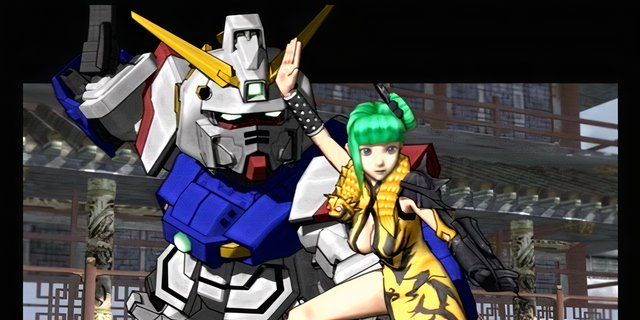
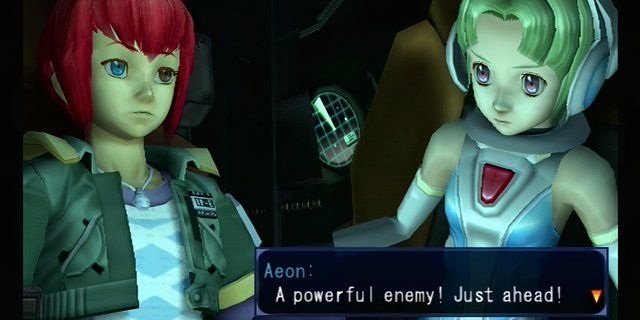
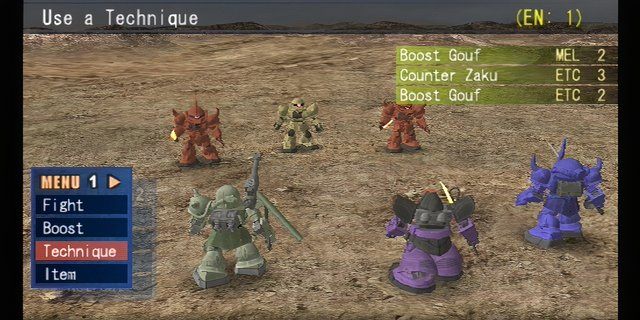

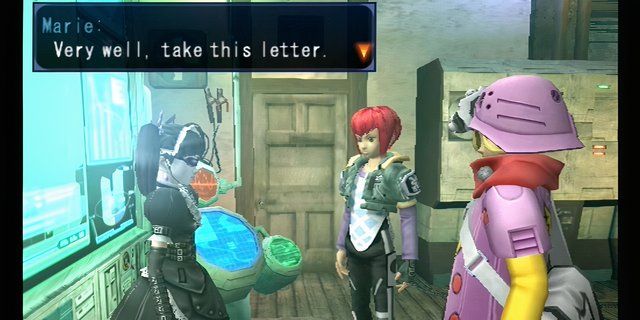
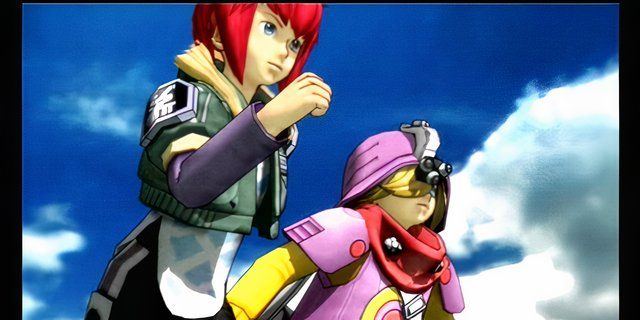
When you picture a Gundam game in your mind, it typically involves a third-person action game with battles against Zaku Mobile Suits and fast-paced combat set against familiar backdrops like Jaburo. However, MS Saga: A New Dawn deviated from this pattern, delivering an all-encompassing role-playing game experience, albeit one that sometimes had its flaws.
Instead of showcasing famous characters such as Amuro Ray and Char Aznable, MS Saga: A New Dawn presents a completely new set of characters and offers a non-canonical narrative. The story unfolds in a world devastated by the enigmatic “Great Fall,” where players assume command over Tristan, whose peaceful life at the orphanage is disrupted by Mobile Suit attacks. Propelled by the desire for explanations, he embarks on a voyage to discover why he has become a target, eventually unearthing a vast and ominous conspiracy.
This game, titled MS Saga: A New Dawn, has been designed to welcome newcomers to the world of Gundam and its Universal Century timeline by making it easier to understand. However, the gaming experience might prove challenging for those not accustomed to tough JRPGs, as there are occasional difficulty spikes that could cause some irritation.
The combat system in this game is a traditional turn-based one, allowing players to carry out actions using Action Points (AP), which they can also save up for more potent moves. One of the game’s unique aspects is the player’s ability to construct their own Mobile Suit, utilizing components from the original series and other sources. These parts are crucial as certain special attacks require specific combinations of weapons and pilots.
For fans of the Gundam series who have grown tired of formulaic releases, MS Saga: A New Dawn is a game you shouldn’t miss.
Character Design by Akira Toriyama Made This Game Special
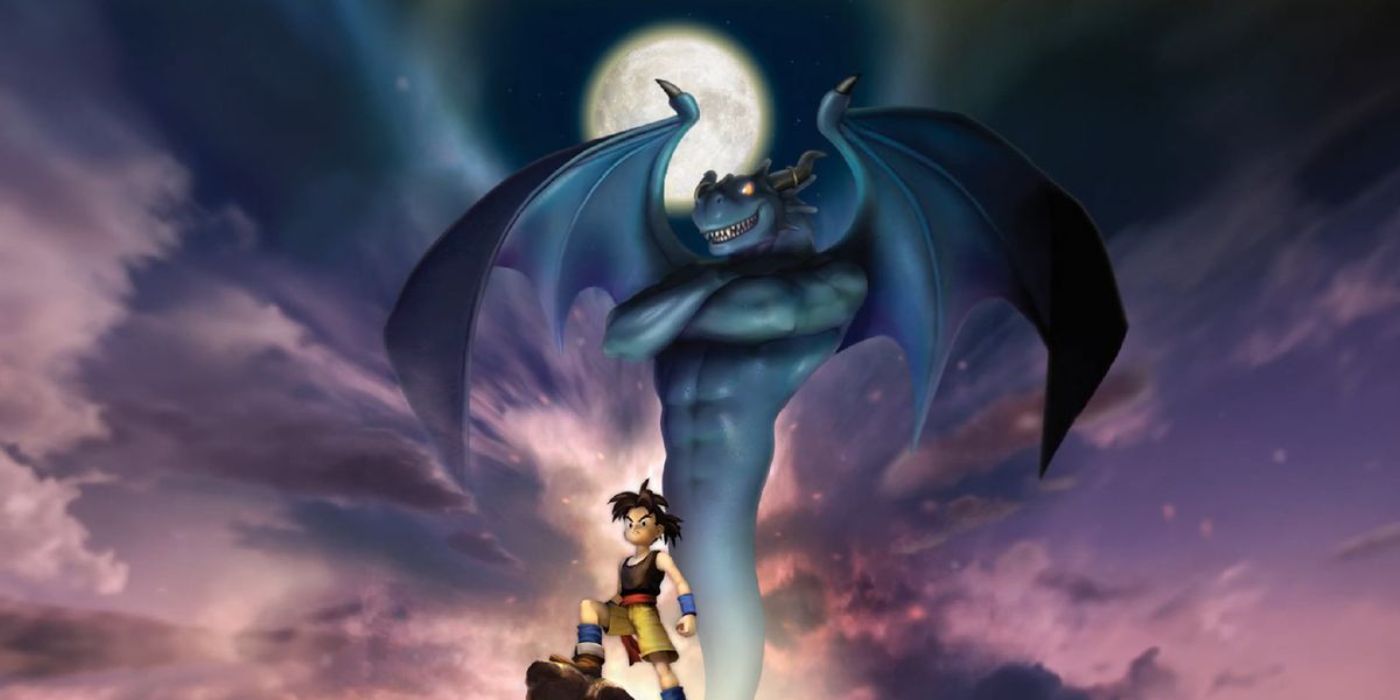
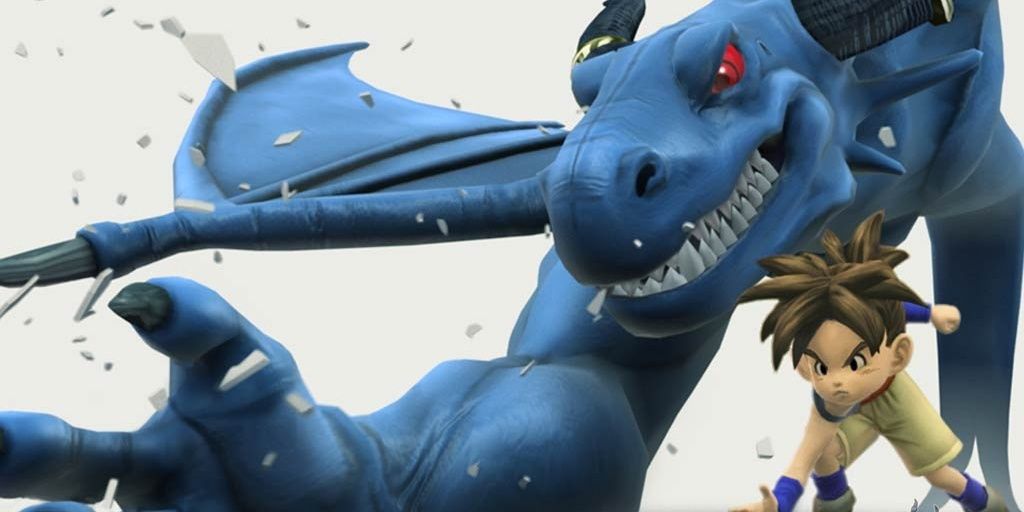
When the Xbox 360 debuted in 2005, Microsoft recognized that its sales were sluggish in Japan. In an attempt to generate enthusiasm for their new console, they decided to invest in and develop a series of Japanese Role-Playing Games (JRPGs) aimed at captivating the Eastern market. Unfortunately, this strategy didn’t yield the desired results, but it did lead to some remarkably creative games. One such game is “Blue Dragon,” which sadly has been relegated to obscurity. Notable for its stellar team, “Final Fantasy” creator Hironobu Sakaguchi led the project, bringing renowned series composer Nobuo Uematsu along. To add an extra touch of magic, the character design was handled by a well-known artist, infusing the game world with his unique sense of whimsy.
As a devoted fan, I’d say, “I’m immersed in the world of ‘Blue Dragon’, a realm plagued by menacing purple clouds that unleash monstrous land sharks, causing untold devastation. The narrative revolves around Shu, Kluke, and Jiro, characters who can summon powerful shadow creatures through their fearsome abilities. They embark on a journey to overthrow the ancient warlord Nene, who wields advanced technology in his nefarious schemes. The game’s aesthetics are stunning, with Akira Toriyama’s designs perfectly harmonizing with the vibrant, colorful landscape. ‘Blue Dragon’ offers a traditional turn-based combat system, reminiscent of classic JRPGs, complete with spell casting and special moves. If you’re craving a classic JRPG experience, this is the game for you! You can enjoy it on Xbox One and later versions thanks to the Xbox backwards compatibility feature.
Baten Kaitos Features an Inventive Battle System

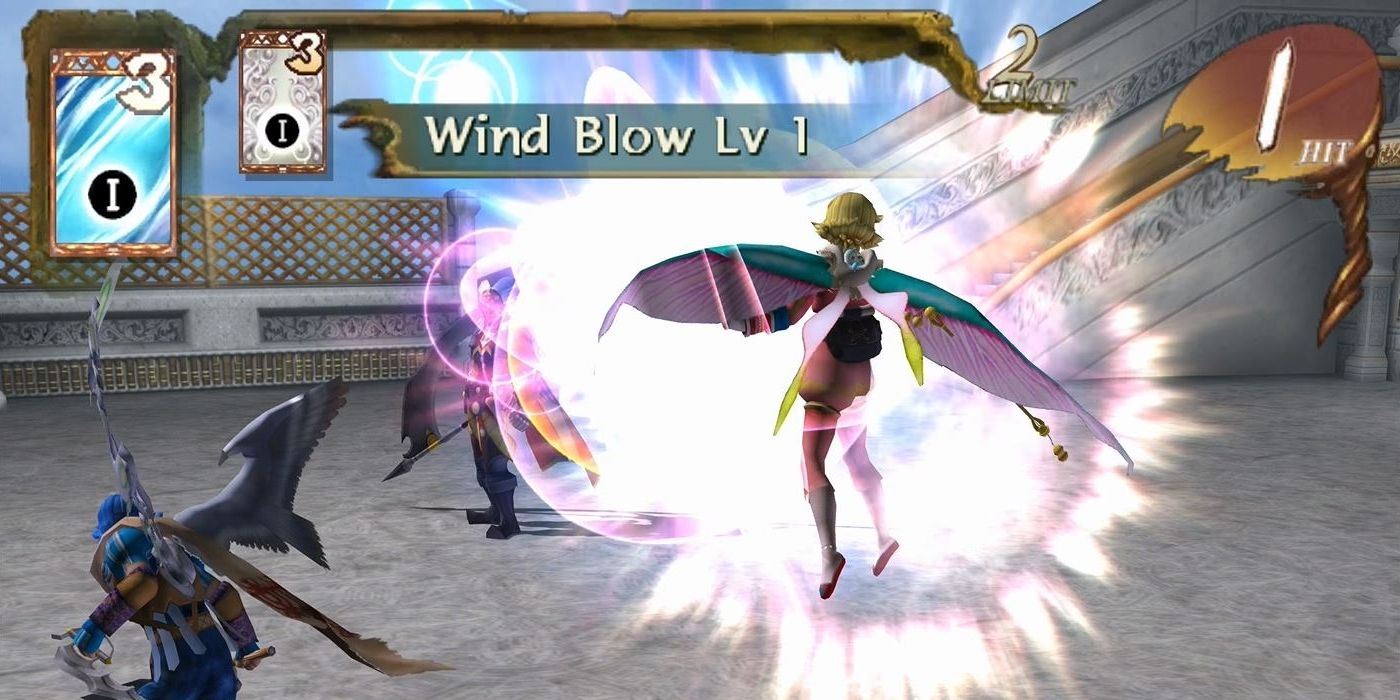
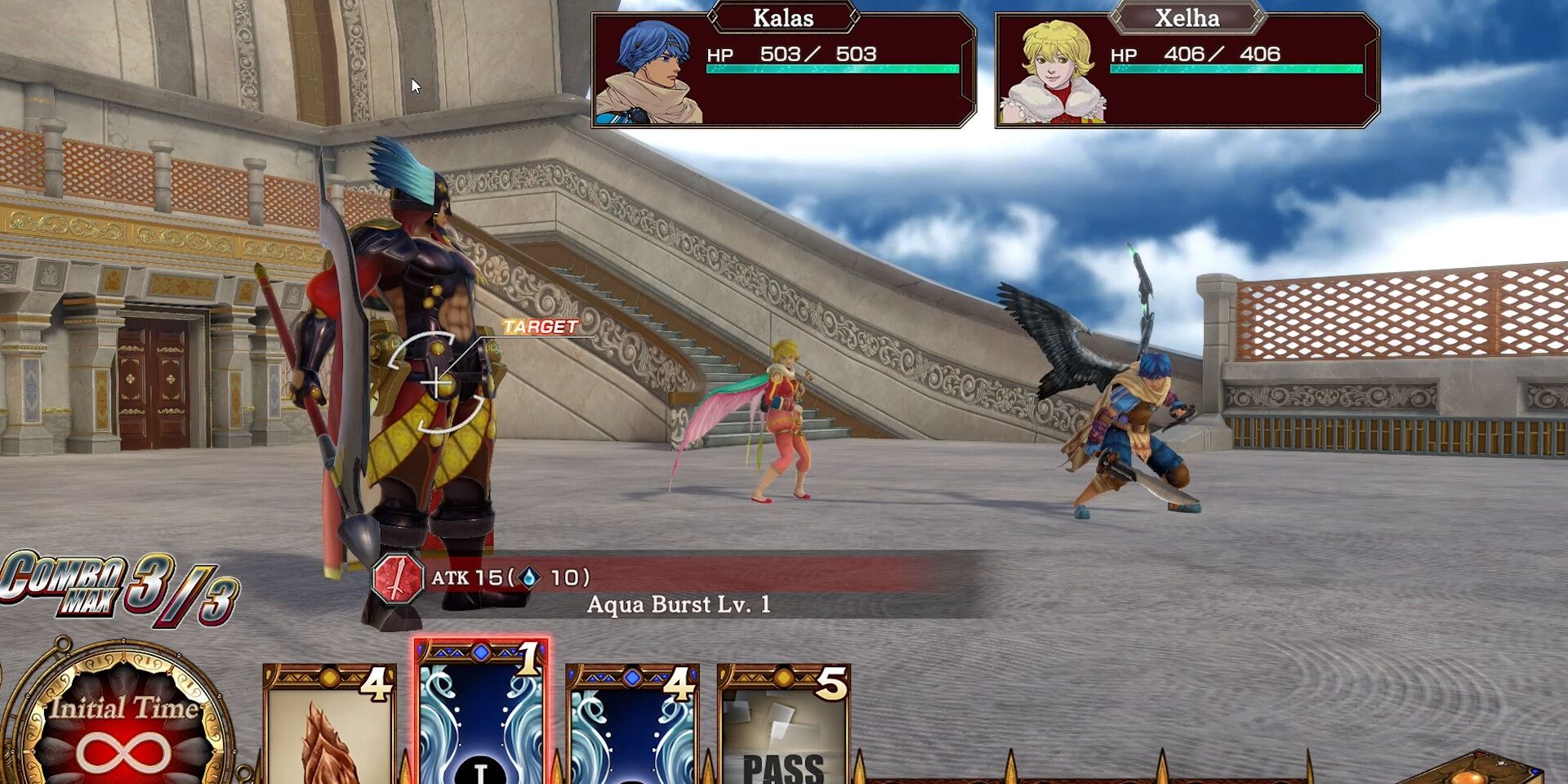

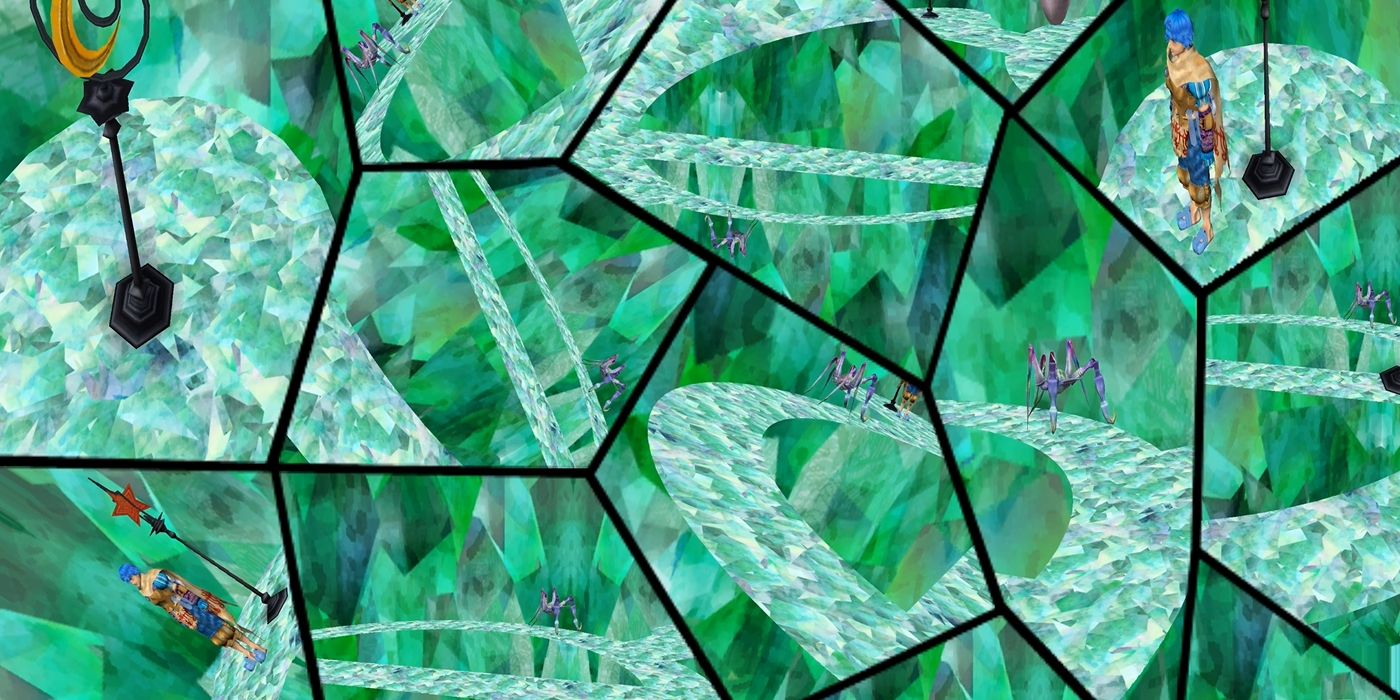
The Nintendo 64 had fewer excellent JRPGs because developers preferred the PlayStation 1’s superior hardware. Consequently, when the GameCube, a potent gaming system, was launched, numerous developers shifted their focus to it. One such game developed for the GameCube is Baten Kaitos, released in 2004 by Monolith Soft and tri-Crescendo. The story revolves around Kalas, a boastful mercenary with a mechanical wing, who encounters Xelha, a mysterious girl determined to prevent the return of an evil deity. Intriguingly, players do not control Kalas; instead, they assume the role of his Guardian Spirit. Kalas frequently breaks the fourth wall to communicate with the player, adding an unusual element to gameplay. This is just one of many innovative features that make Baten Kaitos stand out.
In essence, “Baten Kaitos” is a role-playing game (RPG) that revolves around collectible cards. These cards, used in combat, encompass everything from basic attacks to items and equipment. The unique aspect lies in the fact that even phenomena like rainbows and water can be captured for puzzle-solving purposes. Moreover, many cards have a limited lifespan; food may spoil or lava might turn into stone. To succeed against powerful adversaries, it’s crucial to strategize when to play a card and how to optimally utilize its effects in subsequent plays. Unlike most JRPGs that migrated to 3D settings, “Baten Kaitos” features hand-painted, pre-rendered backgrounds, giving it an aesthetically pleasing look. Despite not selling particularly well initially, the game has found a new lease on life through the “Baten Kaitos 1 & 2 HD Remaster”.
The Forgotten Wild Arms Series Is in Dire Need of a Reboot
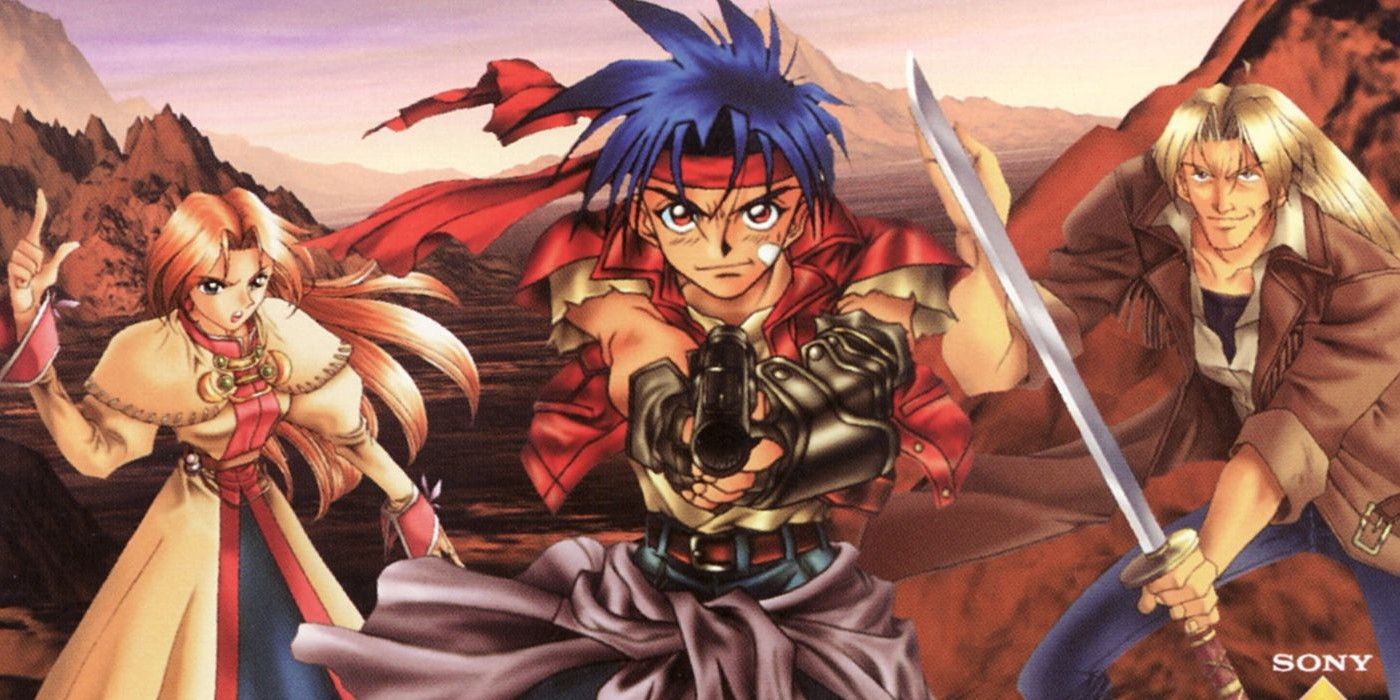

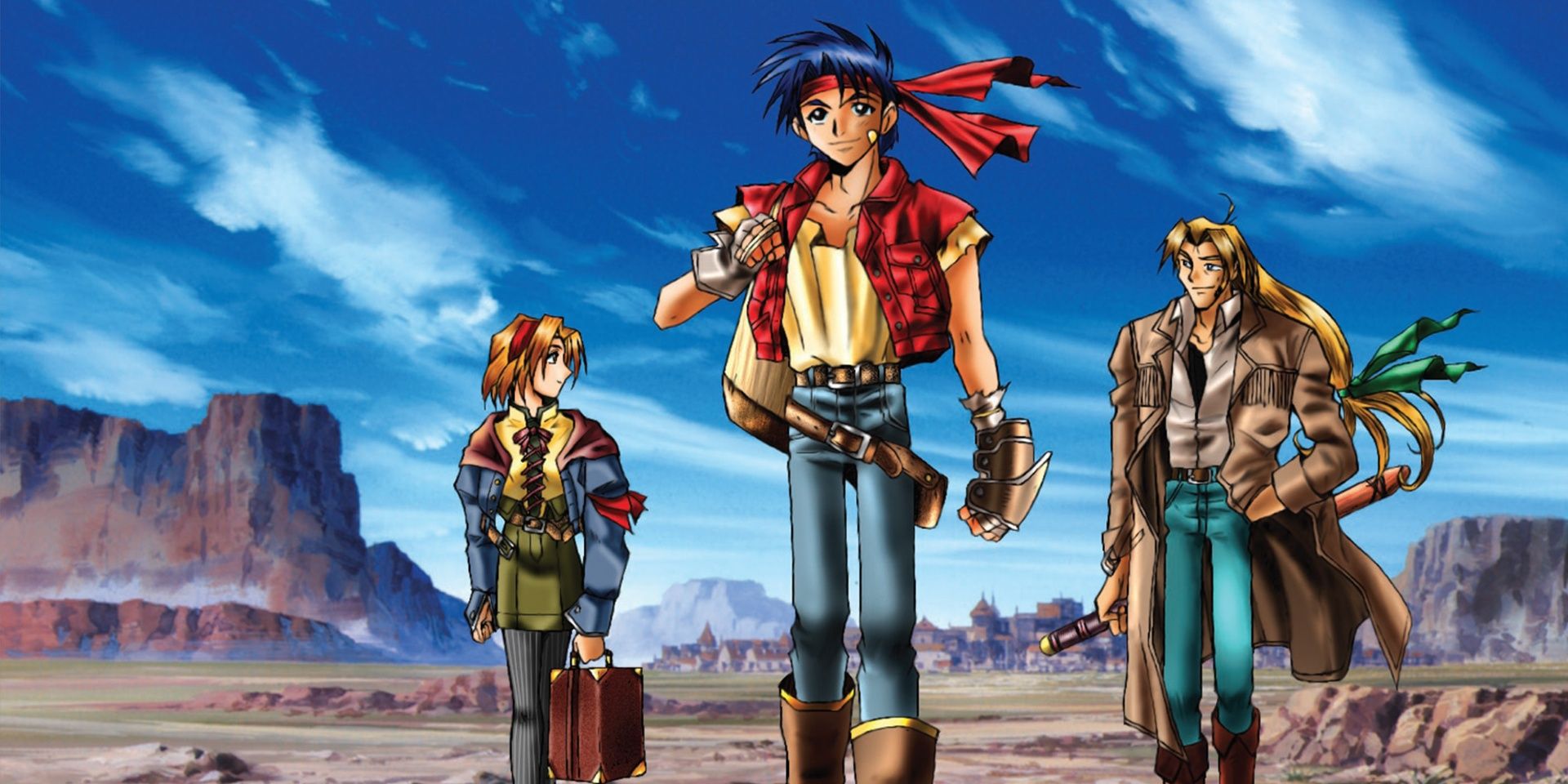

Boasting numerous imaginative and engaging games launched annually, the gaming world welcomed a standout title called “Wild Arms” in 1996. This game broke new ground by reimagining the traditional role-playing genre, setting it in an anime-inspired spaghetti Western landscape instead of the usual high fantasy backdrop. Despite not reaching the same level of popularity as “Final Fantasy,” the Wild Arms series continued to produce entries until the mid-2000s. Unfortunately, the series has fallen silent and remains unremastered for HD gaming. Notably, this was Media. Vision’s inaugural effort in RPG development, marking a remarkable start for the company.
The game titled Wild Arms takes place on the desolate planet of Filgaia, which features dusty plains and gun-slinging characters. The story revolves around Rudy, a youth who can use ancient weapons known as ARMS. Accompanying him are Jack, a treasure seeker, and Princess Cecilia, who possesses magical abilities. They receive communication from the Avatars, calling them to action against the Metal Demon invasion. This game features traditional turn-based combat and incorporates puzzle-solving similar to Zelda, particularly in the dungeons. The ability to switch between characters is crucial, as each has a distinct tool for navigating these dungeons. Unlike many other games on this list, Wild Arms hasn’t been completely erased from memory but has faded from public awareness. It deserves a resurgence, either through a remake, remaster, or new installment in the series.
Golden Sun Crammed a High Fantasy Adventure Into a Portable Package

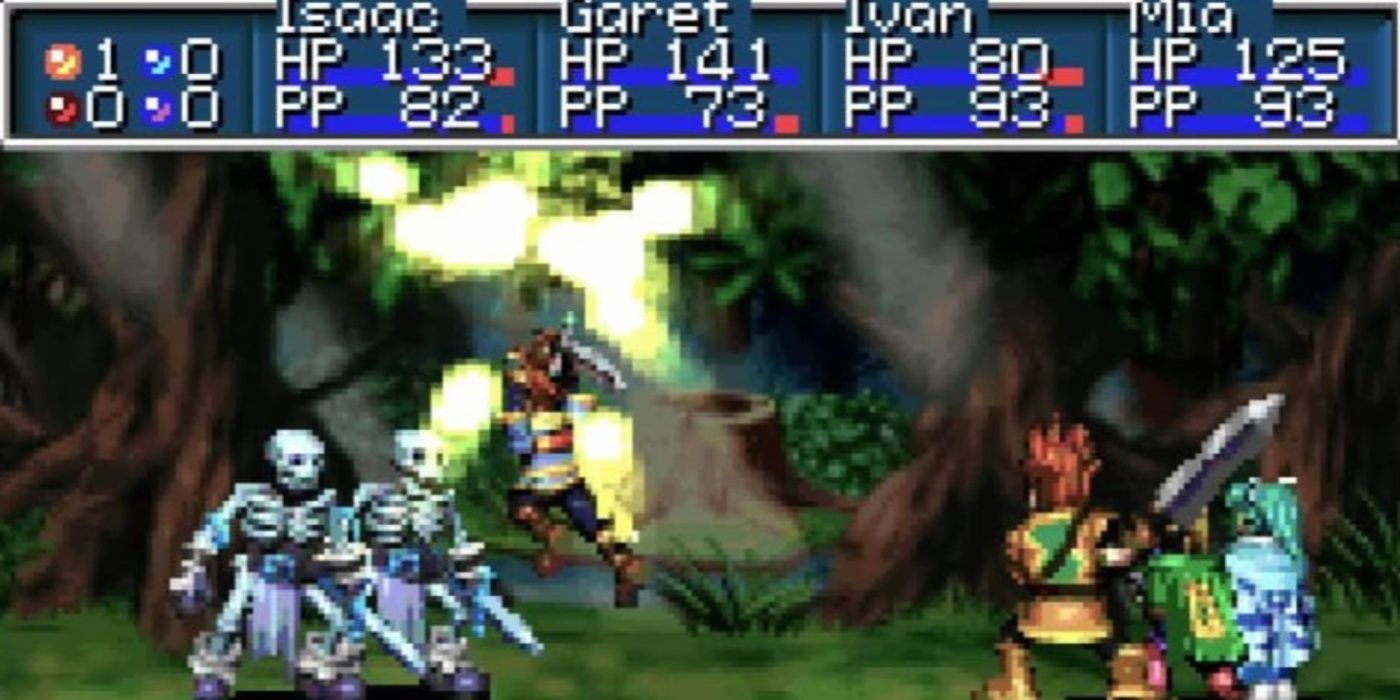
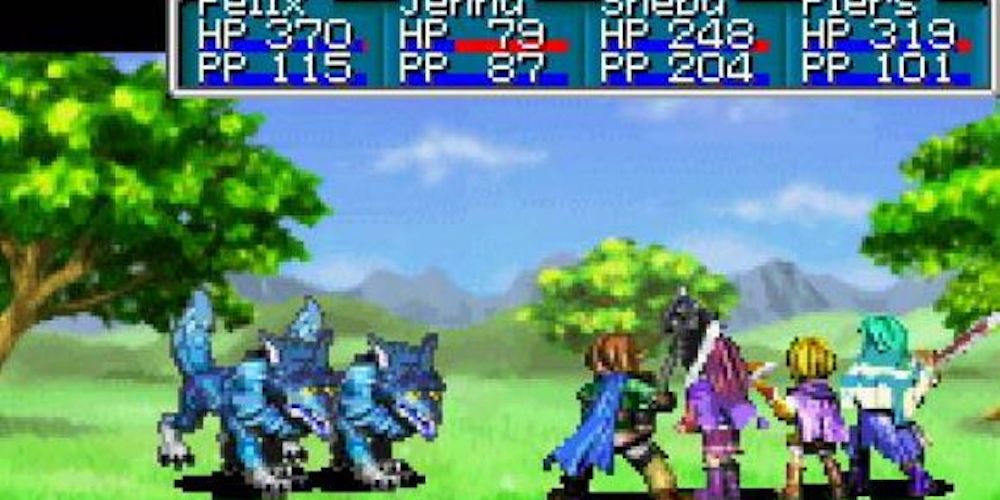
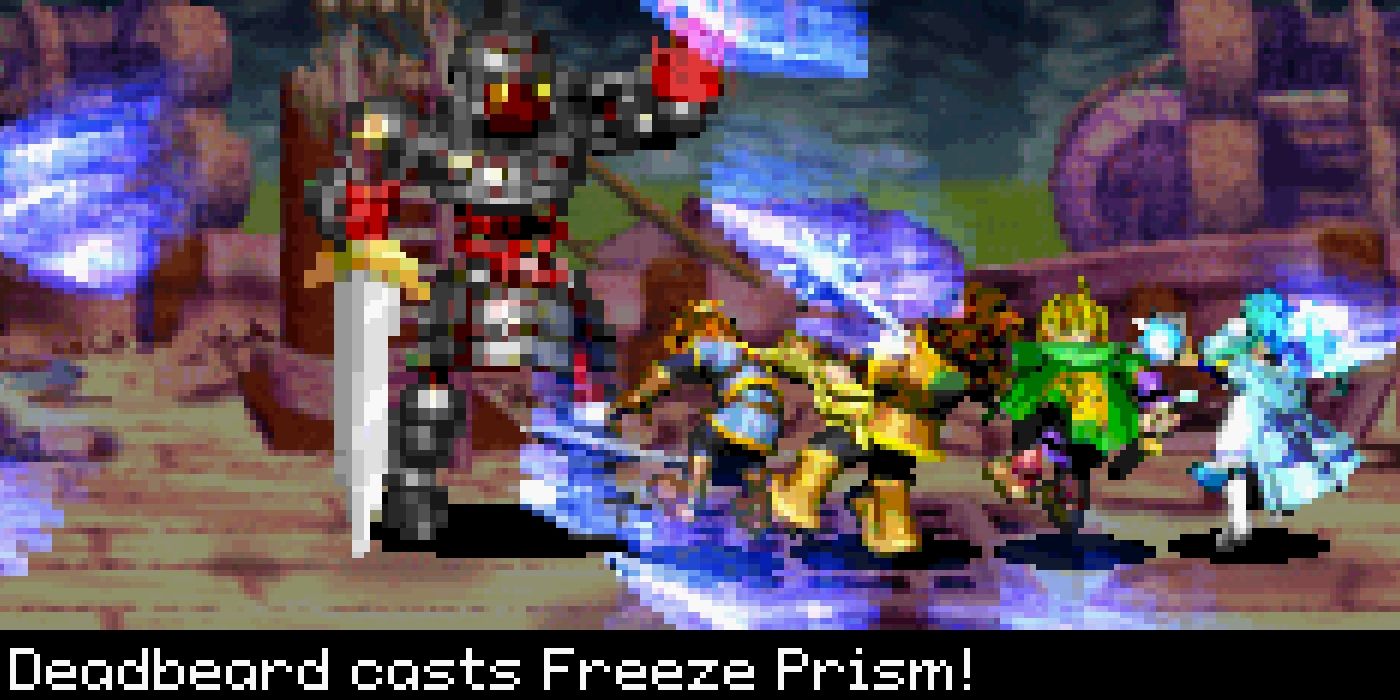
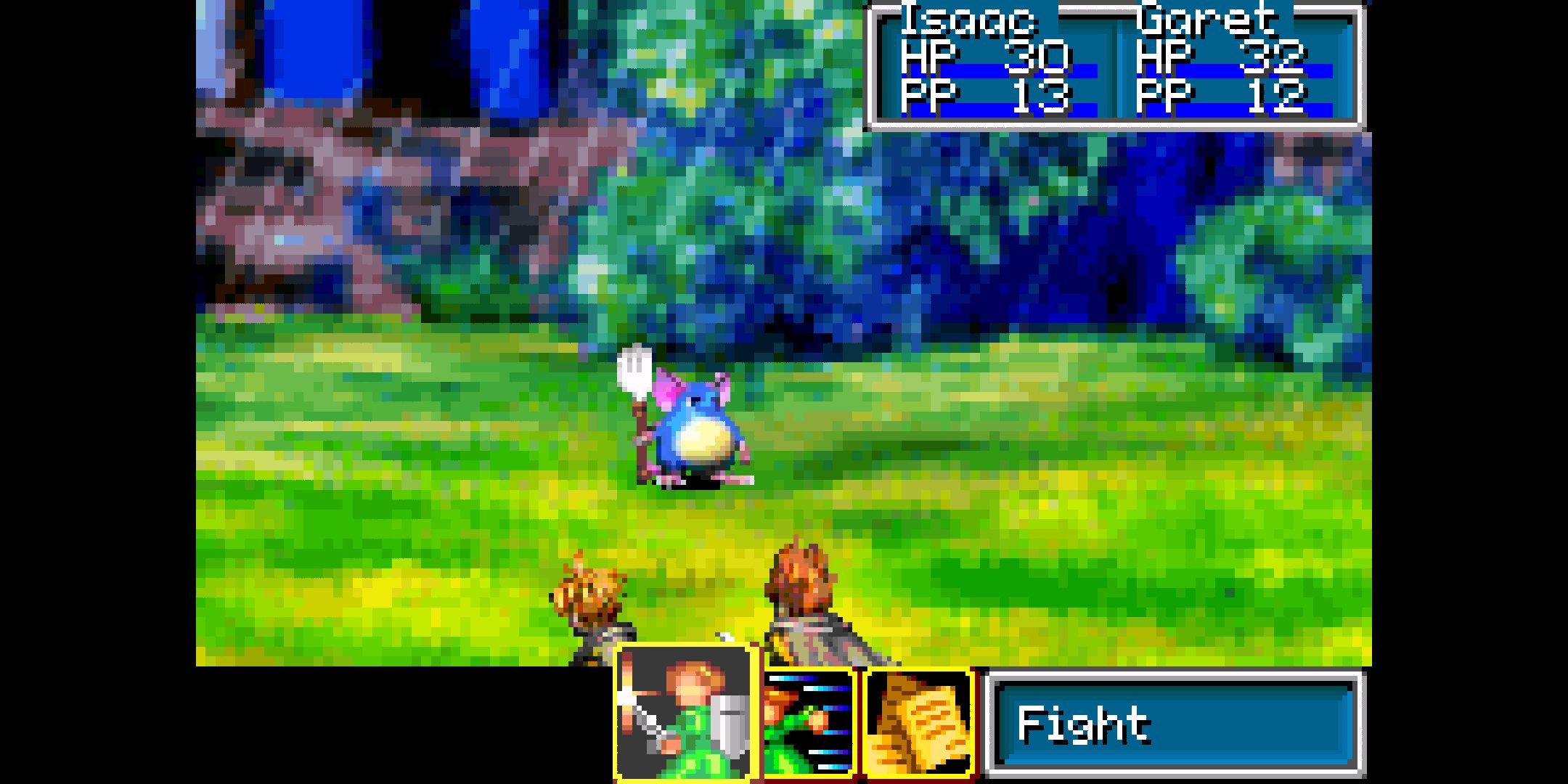
Nintendo witnessed a revival of Japanese Role-Playing Games (JRPGs) following the debut of the Game Boy and its subsequent versions. Sprite art made a comeback, and one of the best JRPGs on this platform, “Golden Sun,” was developed by Camelot Software in 2001. This game offered an iconic Super Nintendo Entertainment System (SNES) JRPG experience that could be enjoyed on-the-go. “Golden Sun” combines environmental puzzle-solving, similar to that found in the “Zelda” series, with the battle system and party development seen in classic “Final Fantasy” games.
In the realm of Weyward, the story unfolds around Isaac, a young individual with the ability to manipulate elemental powers called Psyenergy. After experiencing a heartbreaking event, Isaac embarks on a research expedition up Mt Aleph. However, their journey takes an unexpected turn when they are attacked by Sarturos, who steal the Elemental Stars and abduct Isaac’s companions. This incident propels Isaac on a quest to track down Sarturos, save his friends, and protect the world. The game boasts a complex and intriguing backstory, and it is highly recommended that you play its sequel, Dark Dawn, shortly afterward. Golden Sun offers stunning visuals and is a game not to be missed. Fortunately, it’s now available on the Nintendo Switch via the Virtual Console app.
Namco Bandai, Capcom, and Sega Joined Forces for This JRPG
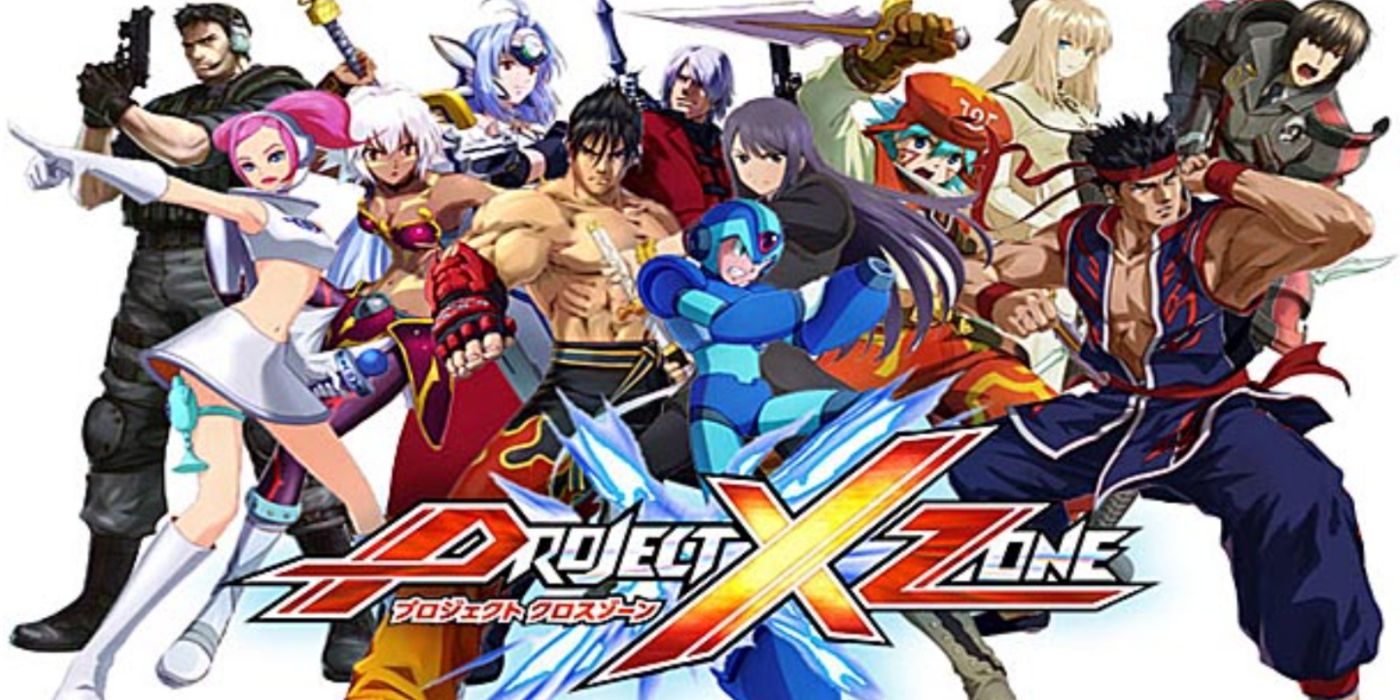
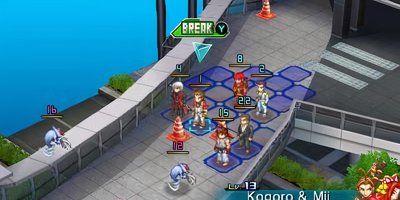
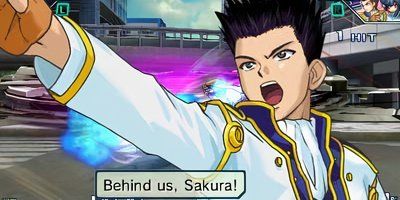

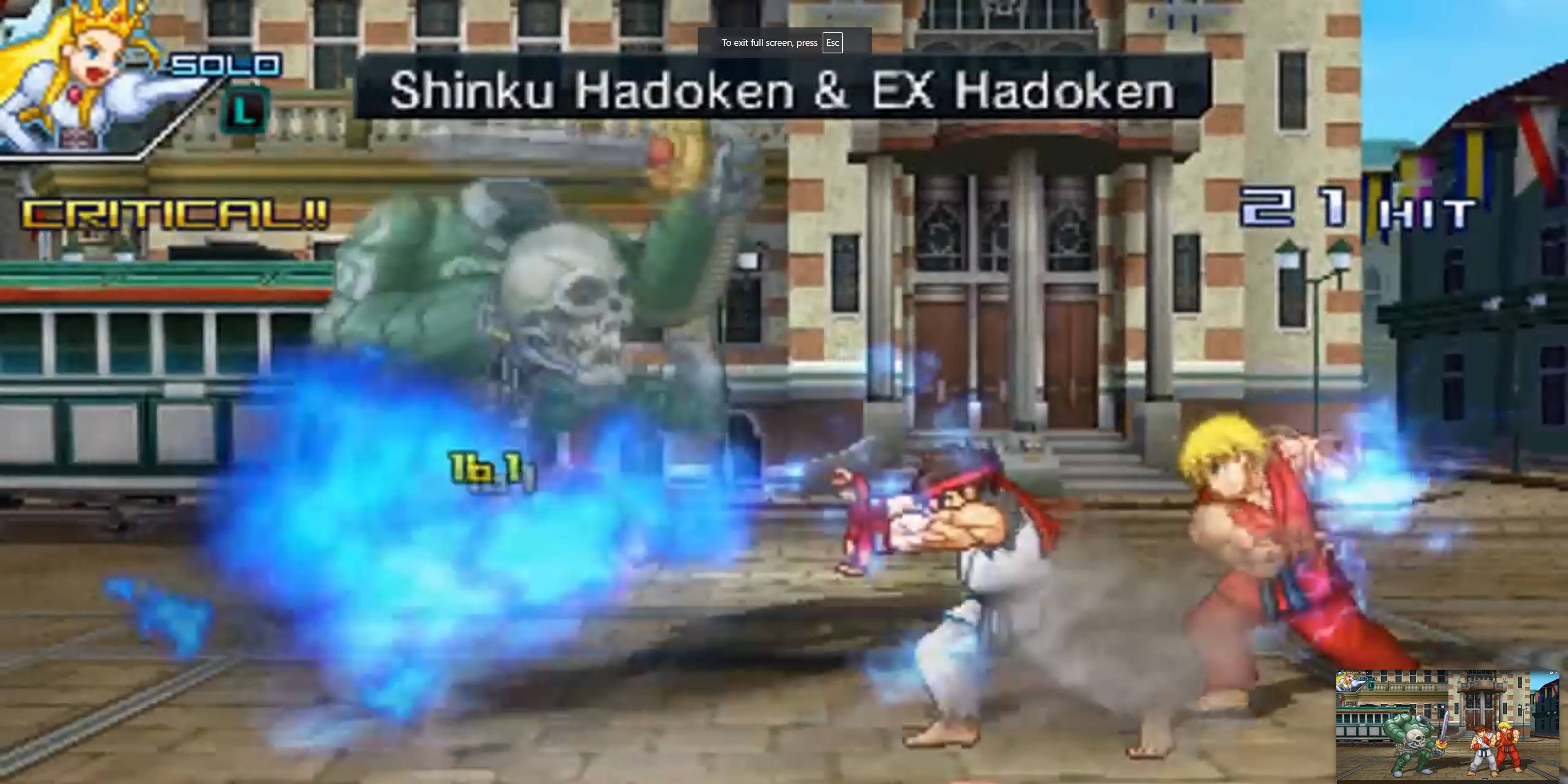
In the realm of Japanese crossover games, Super Smash Bros., Marvel vs Capcom, and possibly those based on Shonen Jump dominate the scene. However, it seems some have overlooked the ambitious endeavors of three major publishers to blend a variety of characters together. Project X Zone is an outrageously fun tactical RPG that merges the rosters of Bandai Namco, Sega, and Capcom. This unique blend allows players to witness unlikely duos like Ulala from Space Channel 5 joining forces with Chris Redfield and others. Created by the minds behind the Xeno series, Monolith Soft, this game is a laugh-out-loud experience that doesn’t take itself too seriously.
The storyline is relatively simple; it revolves around the closing of interdimensional portals, which unite diverse characters, and they are subsequently assigned to repair the damage. Most of the narrative serves as a platform for humorous character exchanges, such as Phoenix Wright debating tactics with Jill Valentine, or KOS-MOS and Zero discussing their experiences as androids. In this tactical role-playing game, characters navigate an isometric grid. When conflict arises, they are shifted to a 2D plane where players rapidly press buttons to release a series of combos, elevate enemies, and fill the XP meter. Project X Zone may not immediately captivate, but it eventually wins you over. It’s an entertaining adventure showcasing some of Japan’s most renowned franchises, making it well worth your time to play.
This Side-Scrolling JRPG Has a Great Combat System
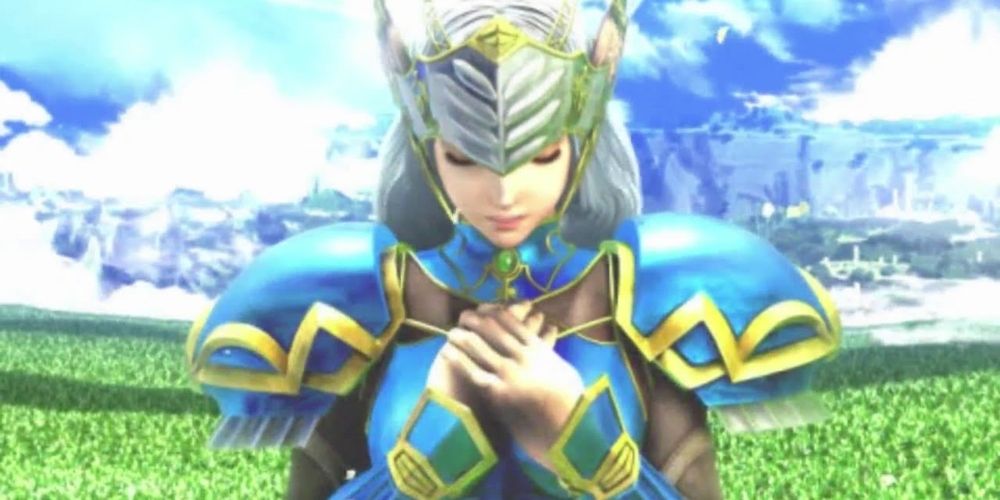
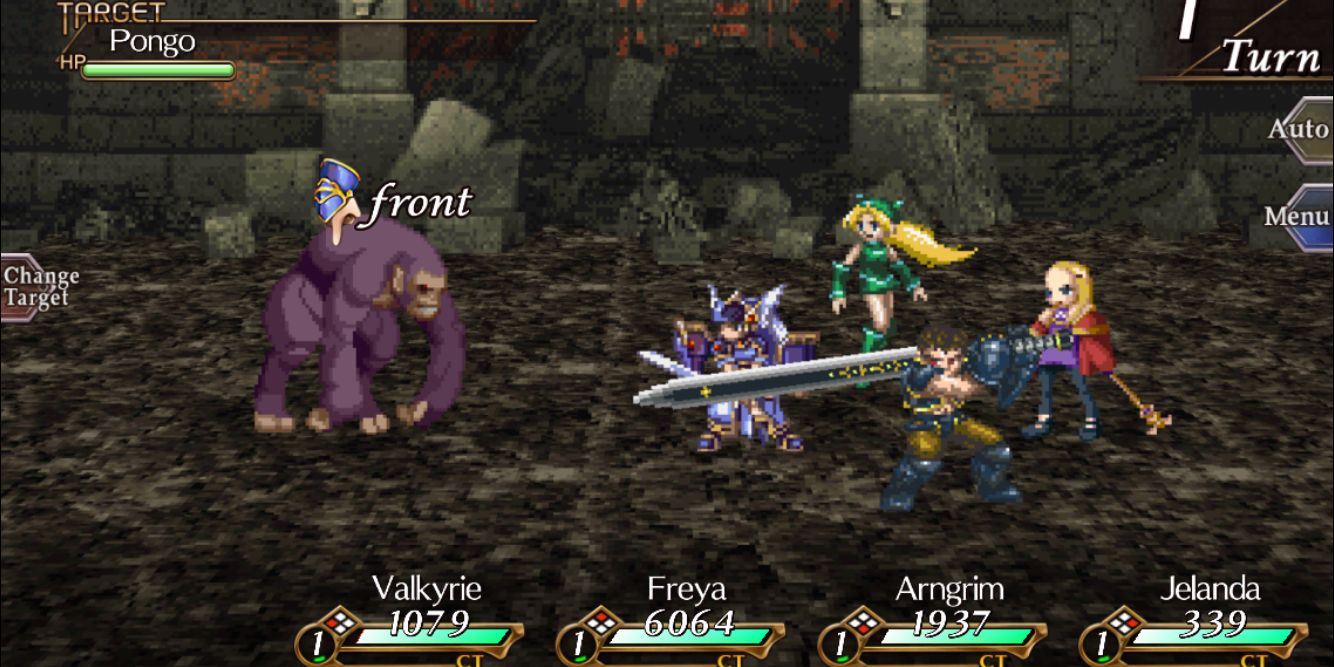
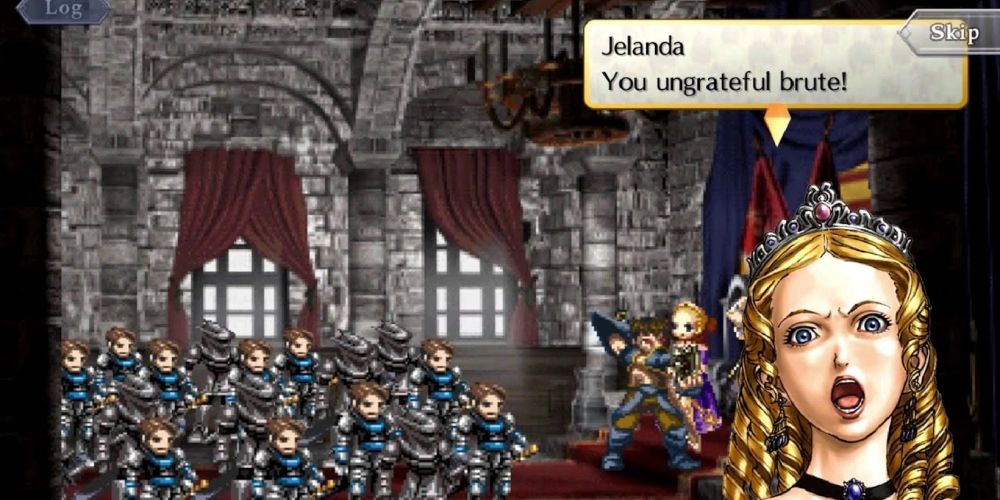
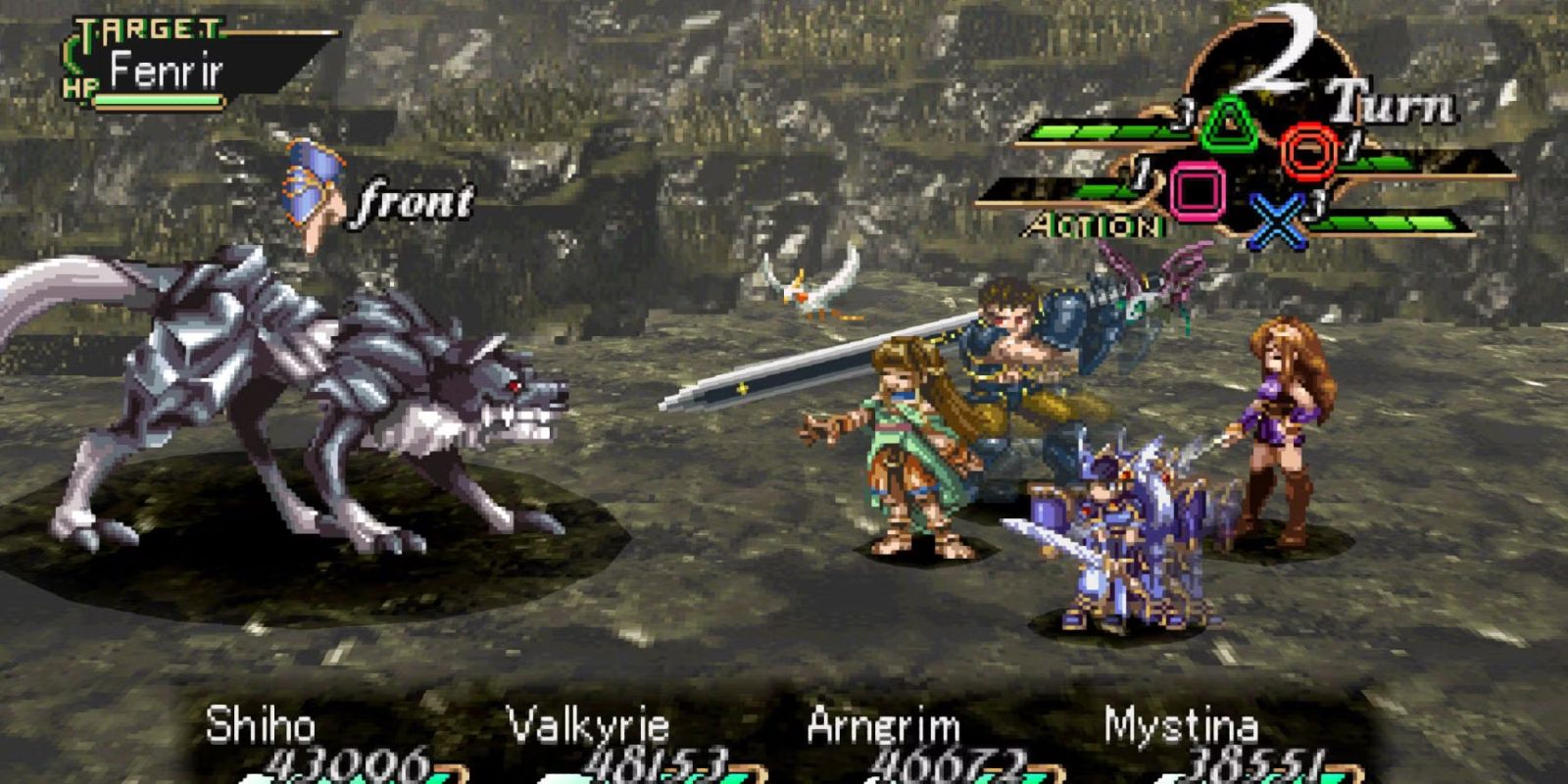
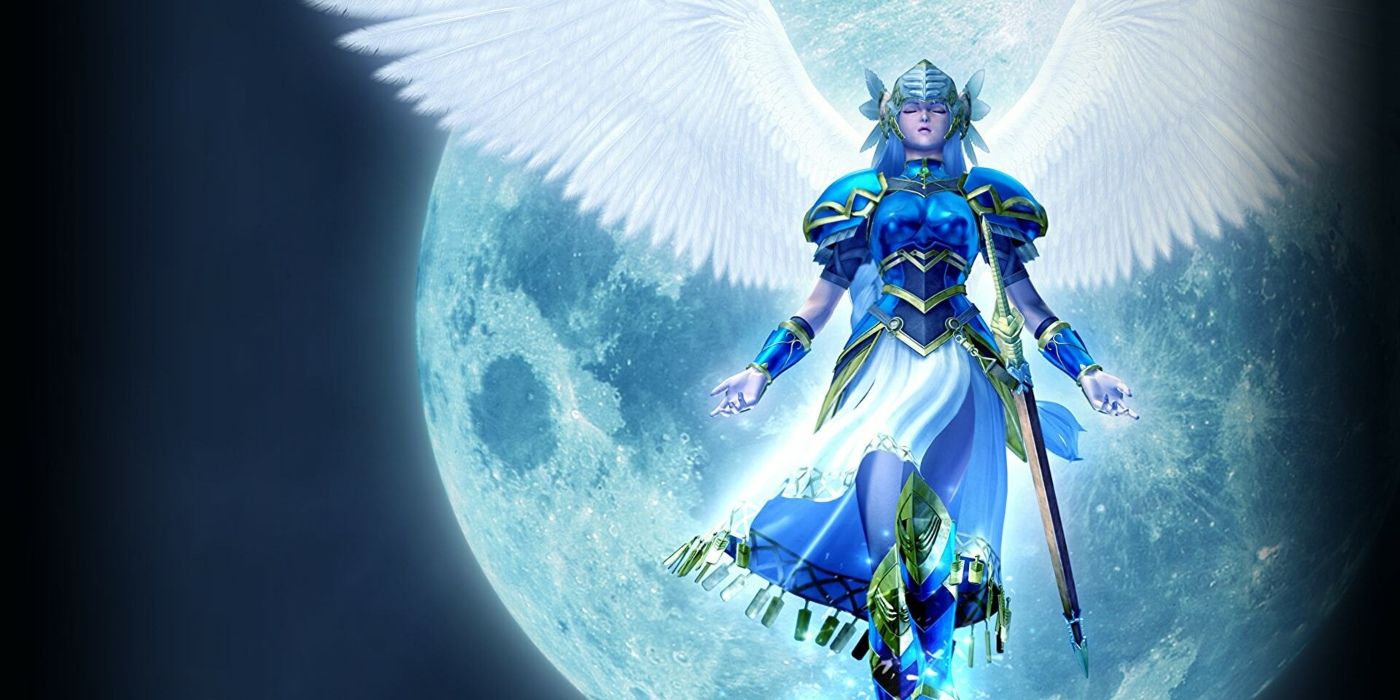
Tri-Ace is well-known for crafting exceptional JRPGs with unique battle mechanisms, yet many of their games have gone unnoticed. One of their standout productions was the side-scrolling gem, “Valkyrie Profile,” which was published by Square Enix on the PlayStation 1 in 2000. This game is steeped in Norse mythology and showcases a deep appreciation for its themes. Players assume the role of Lenneth Valkyrie, who has been assigned by Odin to gather the spirits of deceased warriors from Midgard to ward off the approaching Ragnarök. The narrative is non-linear; each story segment offers an interactive glimpse into the lives of the warriors and individuals that Lenneth meets on her journey.
Before the release of “Odin’s Sphere”, “Valkyrie Profile” was a side-scrolling dungeon crawler featuring light puzzle-solving and platforming. The combat system is turn-based, with each face button assigned to a unique character, allowing for real-time combos by timing the sequence of attacks correctly. Since Ragnarök has a fixed date, the game includes time limits on objectives, requiring players to strategize about where to go and who to recruit for the final battle. The soundtrack was masterfully composed by Motoi Sakuraba, and it was featured in various Nintendo games. An enhanced port of “Valkyrie Profile” was released for the PSP, serving as the definitive version to play, with improved resolution and new CG cutscenes. The fourth game in the series, “Valkyrie Elysium”, was launched for the PS4 and PS5 in 2022, but the original game continues to be underappreciated.
JRPG Legend Hironobu Sakaguchi Made This Forgotten Game
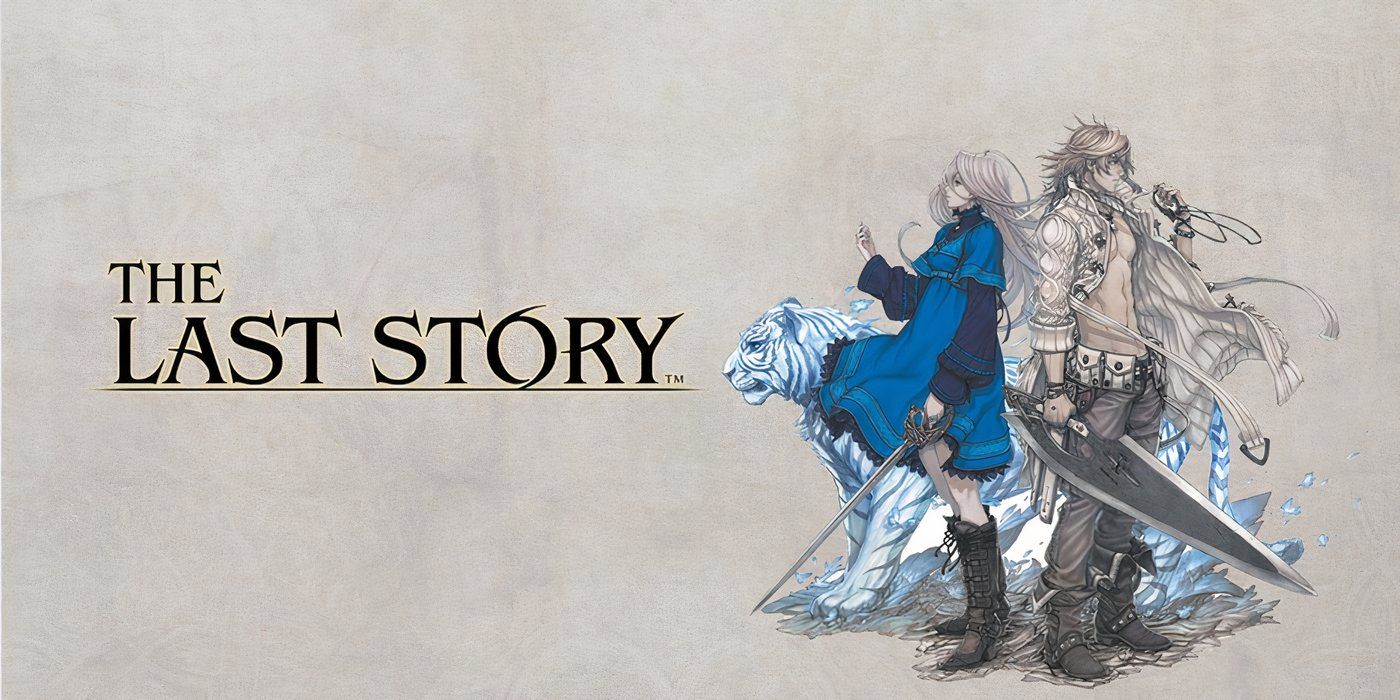
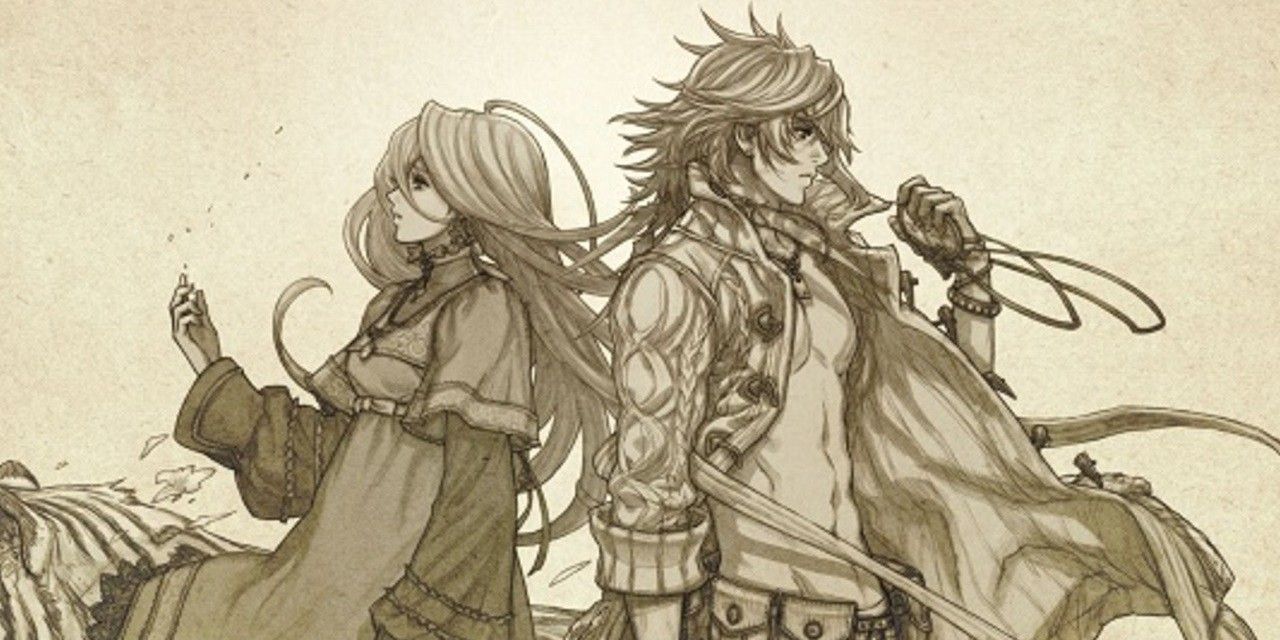
After Hironobu Sakaguchi parted ways with Square Enix, he established Mistwalker Studio. This innovative team produced a collection of remarkable games for diverse platforms; however, several of these titles were overlooked or faded into obscurity. In 2009, Mistwalker launched The Last Story on the Wii console – a platform that didn’t have many Japanese Role-Playing Games (JRPGs). Players step into the shoes of Zael, a rogue mercenary who finds himself entangled in a vast political intrigue alongside his comrades. As the story unfolds, Zael obtains an enigmatic ability called the Gathering, which enables him to divert enemy attacks. The narrative culminates in a heartfelt romance between Zael and the rebellious noblewoman Calista.
In The Last Story, Zael and his group of mercenaries exhibit a unique blend of playfulness and seriousness, with their British accents adding a personal touch to their friendly banter as well as depth to the story’s more solemn moments. The game’s soundtrack is exceptional, largely thanks to the efforts of its creator.
The Last Story is a Japanese Role-Playing Game (JRPG) that offers real-time combat, complete with a cover system, manually aimed ranged weapons, and stealth elements. Fortunately, it does not require motion controls, so players won’t need to shake the Wii Remote excessively to defeat enemies.
The game showcases an incredibly beautiful world, although it may appear slightly grainy in standard definition. Additionally, there can be some slowdown during intense battles, but nothing that disrupts immersion. If any game is worth remastering for the upcoming Switch 2, The Last Story would certainly be a strong candidate.
Read More
2025-04-28 01:40